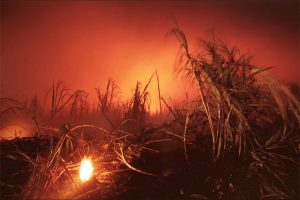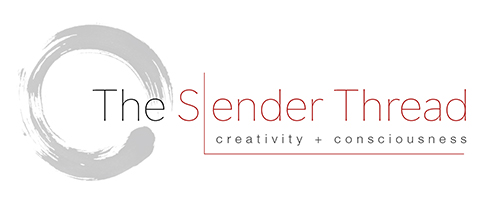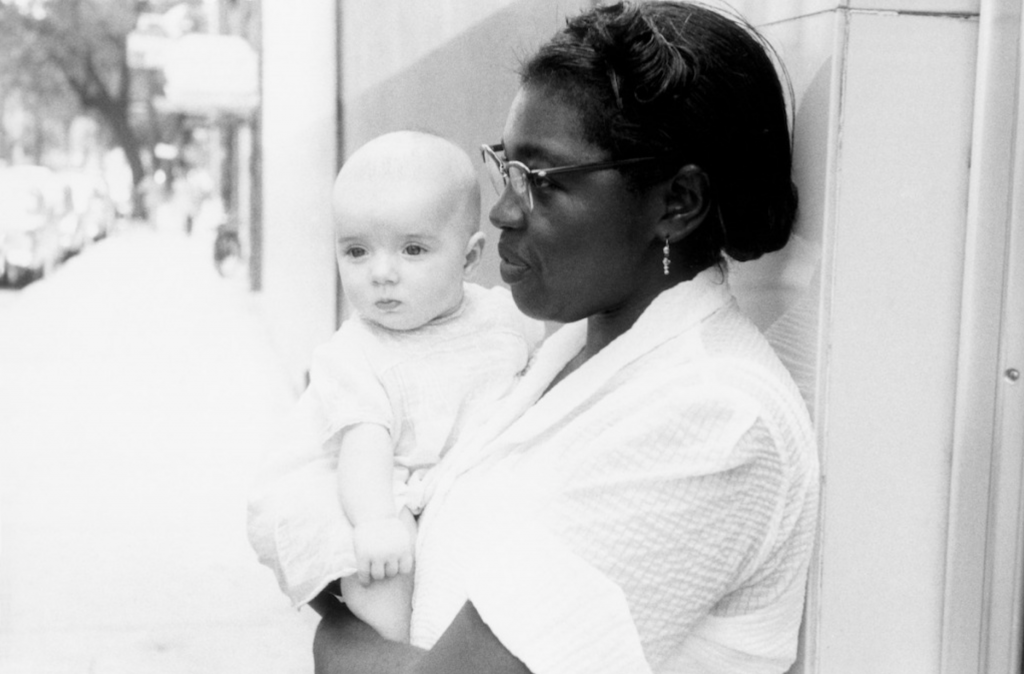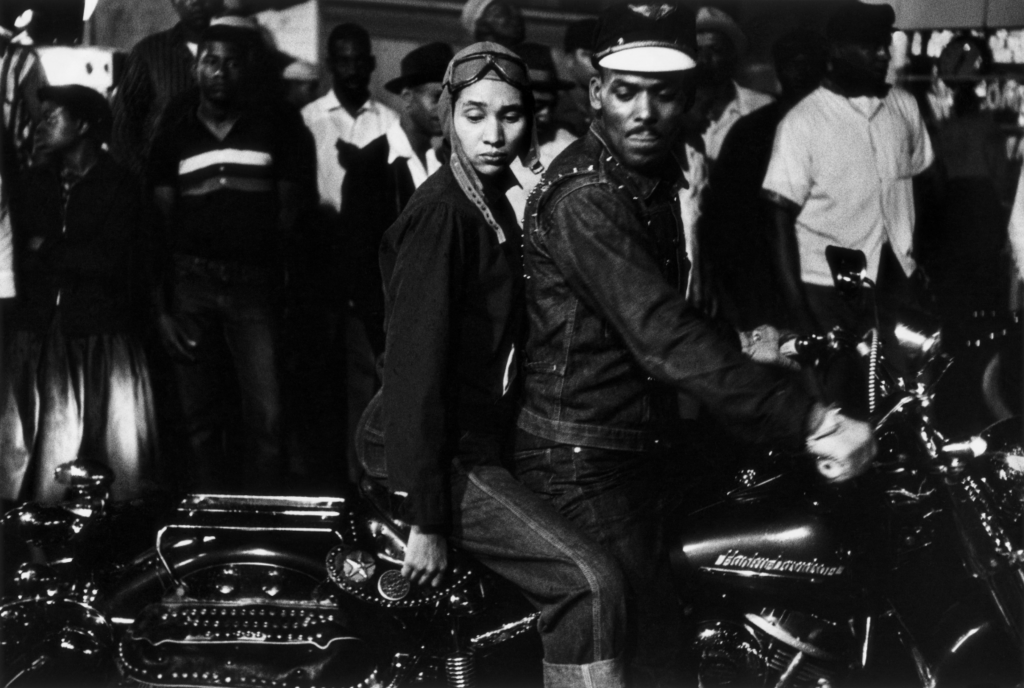Our entire conceptual framework is built on the foundation of metaphor. We often think, for example, of life as a journey, relationships as healthy or toxic, and god or the goddess as an anthropomorphic, gendered being. Let’s take the common metaphor of argument as war, articulated by George Lakoff in his excellent book, Metaphors We Live By. In an argument, we advance or retreat, hold a position, and attack or defend—all very warlike activities. Now, what if we thought of argument as dance. Through changing the metaphor, we redefine the entire activity to a more life-affirming and positive action.
I would venture to say that most photographs contain some form of metaphor. When you represent a thing, what the viewer sees is not the thing itself, but a metaphoric allusion by the artist that points to the subject portrayed. Many images contain metaphors of the state of mind of the artist who created them or the society to which a person belongs—or often a measure of both. Metaphor is a powerful way of signifying your own unique way of seeing. Photographer Robert Adams claims, “Both poetry and photography tend toward metaphor.”
Contemporary photography often employs both irony and metaphor. Irony, of course, is defined by the idea that things are not as they seem, that the surface view is somehow contrary to what one expects. Irony gives us an oppositional view of reality to how it is commonly pictured. Metaphor, on the other hand, is an umbrella term that often includes such things as allusion, symbol, simile, and actual metaphor, which is something that is seen as symbolic or representative of something else. Ayana Mathis writes in the NY Times, ” Metaphor is a potent carrier of truth, particularly those nearly inarticulate truths we can only approach through juxtaposition and allusion.”
How do we understand metaphor? The big apple of course is not a giant apple; it’s a metaphor for New York and its centrality in world culture. Or the city of light hasn’t any more light than other places at the same latitude. It’s a metaphor for the luminous nature of Paris in history and romantic legend. Both of these are effective metaphors because they are unique and memorable, symbolic and highly descriptive.
Artists and writers develop their own unique metaphors that serve to effectively capture their experience. Poet W.B. Yeats had his tower; Maya Angelou her caged bird. Photographer Alfred Stieglitz employed clouds as metaphors and Georgia O’Keeffe used flowers. To observe a brilliant use of visual thinking and metaphor in photography, study Teju Cole’s book, Blind Spot, consisting of personal essays and images. Each short essay relates to observations of a location to which he has traveled accompanied by an image. Most of the images are metaphoric and not literal companions of the subject featured in the written text. They are often unexpected and fresh and capture highly original visual thinking. Cole is the former NY Times photography reviewer and conversant with metaphor in both photography and writing.
Even documentary photographers use metaphor in a way that can amplify content. For example, I am deeply impressed by how Robert Frank employs metaphor and allusion in his seminal documentary book, The Americans. In one photograph, Charleston, South Carolina, 1955, an African American nanny holds a well-appointed white baby in her arms. The tonal rendition of the photograph portrays an overwhelming “whiteness,” interrupted only by the black skin tones of the nanny. The metaphoric use of tonality amplifies the indictment of racial inequality present in the photograph. In another powerful image, three rotund men sit in a train club car, two with their backs to the camera. Their checkered sport coats refer to a kind of nouveau riche and are mirrored by a row of circular lights on top that are rounded much like the corpulence of the men’s bodies. I can almost imagine the flashy rings on their pudgy fingers that are suggested by the shape and diamond-like style of the lights above.
What is significant about Robert Frank’s use of metaphor how he upends common cultural conventions. African American thinkers rightly reject the common metaphor of whiteness as a symbol of purity while blackness is often viewed as a representation of darkness and evil. Frank brilliantly does the opposite; he subverts the metaphor. The rich white people in his photographs are often blurred and represented in a critical, even satiric manner. Some of them are faceless or obscured or lost against bright highlights of the image. The common folks, including African Americans, are portrayed in his book with decency and affection as subjects not objects; they are, in fact, celebrated. Look at one of the last photographs in the book, Indianapolis. The black motorcycle riders are seen within a very dark field of activity that includes their clothing, the motorcycle itself, and the background —a resonating blackness that symbolizes depth, dignity, and presence.
Metaphors in photography rely on juxtaposition and connotation. Visual metaphors arise through connotative content in which one thing suggests or symbolizes something else. Metaphor can also take place with subjects that are related to another in the frame in a way that creates new meaning that goes beyond the literal content.

Sugar Cane burn, Maui, HI © David Ulrich
Harvesting of sugar cane takes place by burning acres of stalks to the ground in pre-dawn light—resultingin apocolyptic blazes lighting the land. This was my first image of the new Millenium and symbolizes, for me, the consequences of the human footprint on the earth.
Study many photographs. Try to identify where and how metaphoric content is expressed. Metaphor is ever-present in photography. I have a photograph of burning sugar cane on Maui photographed in predawn light. Burning sugar cane stalks is the manner by which the workers harvest the sugar. The image has a fiery red color with actual sugar canes and fire in the foreground. The background is an apocalyptic orange color with haunting light. While the photograph documents the harvesting of cane, for me, it also a metaphor of the burning earth and how we treat the environment world-wide.
Ignore metaphor at your own peril. Viewers need more than a literal, verbal telling of the story. Metaphor can convey emotion and convey the many-sided dimensions of a subject. It can help locate a specific subject within a realm of universal human dynamics and global concerns. Metaphor can imbue your images with depth and meaning; it can reach deep into the viewer’s mind and touch the subconscious, thus stimulating right-brain visual thinking and symbolic realization.
“Since all the essentials are expressed in metaphors, they can be communicated only to the intelligent, who possess the gift of comprehension. The foolish allow themselves to be infatuated by literal interpretations… and fall into error.”
— Carl Gustav Jung
Be very careful in your work to avoid tired tropes and overused metaphors. Seek and find your own particular metaphors that are spontaneous and fresh yet fall within the parameters of a commonly used and intelligible visual vernacular. Look carefully at your own photographs made over long periods of time and examine consistent uses of light, the frame, color, form, and content. Are there recurring elements in your work? Can you observe metaphors that you return to frequently, naturally, and even unconsciously? Your unconscious responds to the world in ways that extend well beyond your conscious, rational perception. Gaining access to the deep reserves of the unconscious can help you discover your own unique symbolic and metaphoric language. It’s a necessary step on the way to self-knowledge and a powerful means of personal expression.
The key is merely to be natural. See how you see. Don’t edit or judge your photographic seeing. Allow it to unfold instinctively and effortlessly, but not without attention. Where do you find resonance with the world? Where are your points of connection, and how are they expressed? The depth of the unconscious will emerge whether you want it to or not. Our experience of the world speaks equally in literal, denotive content and metaphoric, connotative content. Explicit and implicit content balance and integrate together into a fullness of expression. Effective and unique, personal use of metaphor adds potency and dimension to your photographs—and provides levels of meaning that make an image a world unto itself and not merely a representation of the visible one.



